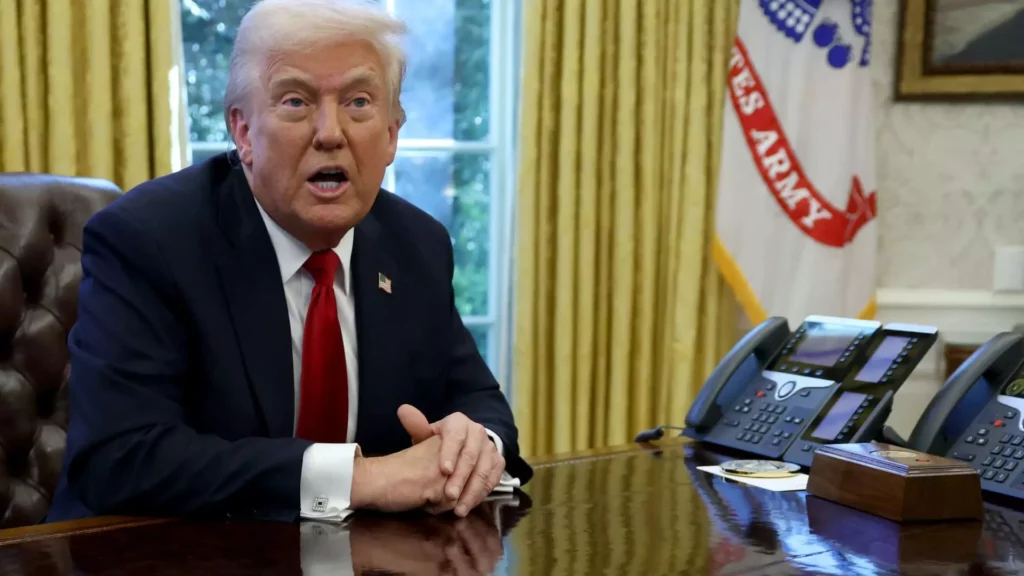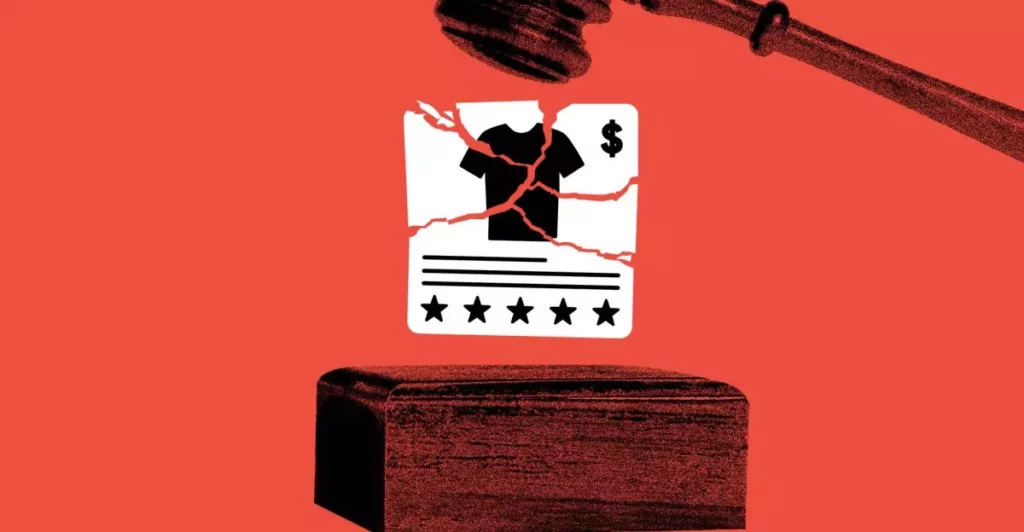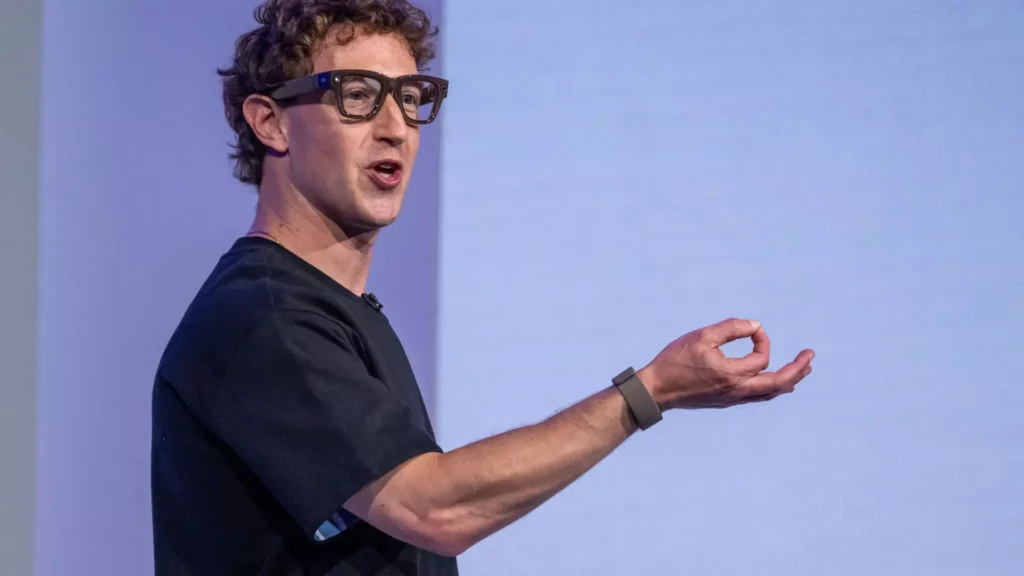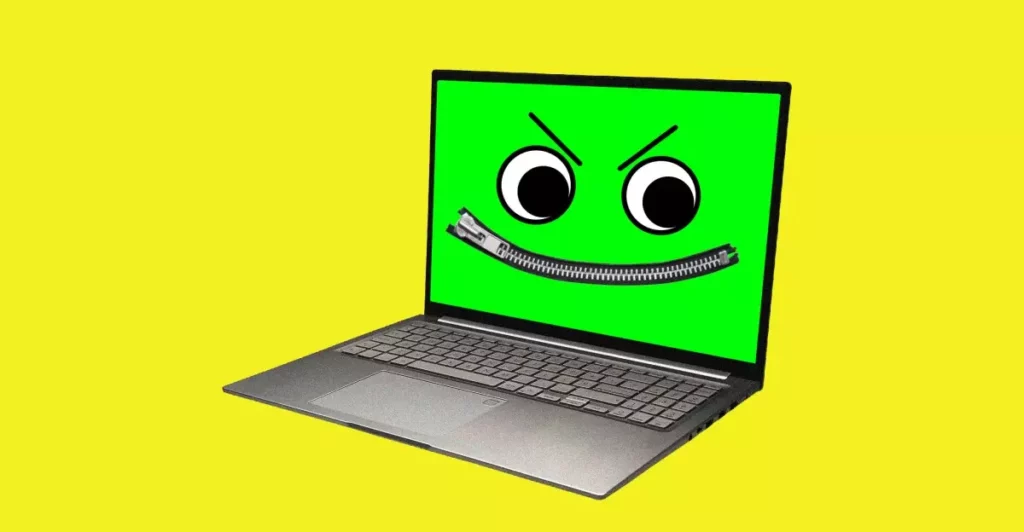When former President Donald Trump announced a sweeping 25% tariff on all automobiles not manufactured in the United States, it was clear that this was not merely a fiscal policy decision; it was an audacious political strategy designed to capitalise on populist sentiments among American workers. However, the implications of such a bold move extend profoundly into the heart of the automotive industry, one of America’s most dynamic sectors. By attempting to discourage imports, Trump risks undermining the very innovation that his constituents—namely, the working class—rely on for future economic growth and job creation.
These tariffs are meant to protect domestic jobs, but they may ultimately do more harm than good. In a globalized economy where many components are sourced internationally, slapping tariffs on foreign-made cars complicates supply chains and inflates costs for American manufacturers. Instead of fostering job creation, it could prompt car manufacturers to shift their focus to cost-cutting measures. Stagnation could very well become the new normal, snuffing out innovation at a time when the automotive industry needs it most.
Elon Musk’s Dilemma: The Fine Line of Political Favor
A striking aspect of this announcement revolves around the intricate relationship between Trump and Elon Musk, CEO of Tesla. Musk has emerged as a key player in the high-tech landscape, while also serving as an ongoing advisor to Trump. His substantial political contributions to the former president place him in a convoluted position where business interests might clash with objective economic policies. Trump’s proclamation regarding the tariffs raises eyebrows—Musk has been notably quiet on the issue, creating the impression that he’s navigating treacherous waters.
If Musk’s voice has been stifled because of his corporate obligations at Tesla and SpaceX, it begs the question: will he prioritize safeguarding his business interests over advocating for sound economic policy? Such a dilemma illustrates the precarious nature of intertwining business and politics, where the narrative often veers toward the interests of a select few rather than the broader public.
Innovation versus Government Intervention: A Clash of Ideals
Moreover, the optics of Trump turning the White House lawn into a Tesla showcase might paint a patriotic picture, but it also lays bare an uncomfortable truth: heavy-handed government intervention in markets rarely produces beneficial outcomes. While celebrating Tesla’s advancements can be seen as pro-American, it undercuts the fact that innovation is best fostered in a competitive environment, not one shaped by tariffs and trade barriers.
Tesla’s own initiatives to ramp up domestic production underscore the need for freedom in their supply chains, yet these imports are critical for sourcing components that keep their innovative machinery functioning. The heavy reliance on foreign suppliers, particularly for sophisticated components like automotive glass and printed circuit boards, creates a paradox. On one hand, tariffs are purportedly safeguarding American jobs; on the other, they risk diminishing the very technological advancements that bolster those jobs in the first place.
The Electric Vehicle Race: New Rivals and Rising Costs
As the electric vehicle (EV) market heats up, so too does the competition. Tesla was once the vanguard, but its monopoly is rapidly eroding with rivals like General Motors, Ford, and burgeoning companies such as Rivian entering the fray. The reality is that the EV market doesn’t just thrive on innovation; it relies heavily on consumer choice. The rise of international entities like BYD in China, even if they lack direct access to the U.S. market at present, signifies an impending wave of competition that will push manufacturers to rethink their strategies.
The skepticism from investors regarding Trump’s tariff plan was palpable; stock prices dipped in response, reflecting concerns about potential cost increases and the adverse effects they might have on consumer pricing. If these tariffs lead to heightened production expenses, they could inadvertently stifle consumer adoption of electric vehicles—something that is supposed to be a pillar of American innovation.
Unraveling Complexities: The Real Cost of Tariffs
Ultimately, tariffs are seldom a straightforward solution to economic challenges. Trump’s assertion that these levies could be “net neutral or may be good” is simplistic and ignores the complexities at play. While the hope may be that tariffs will create a protective barrier for domestic manufacturers, the unfortunate reality is that they often lead to increased costs and a diminished variety of options for consumers.
The future of the automotive industry—the trade-off between supporting local manufacturers while nurturing the innovation that has been the hallmark of American enterprise—remains clouded in uncertainty. As the landscape shifts under the weight of tariffs and political expediency, the question of whether this will ignite further domestic manufacturing or quash flourishing innovation looms large. The stakes are immense, and the potential fallout from misguided tariffs could serve as an unfortunate chapter in America’s economic narrative.









Leave a Reply